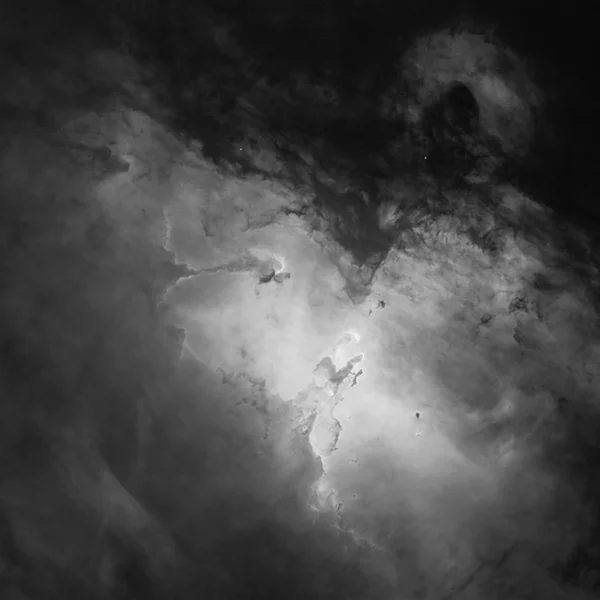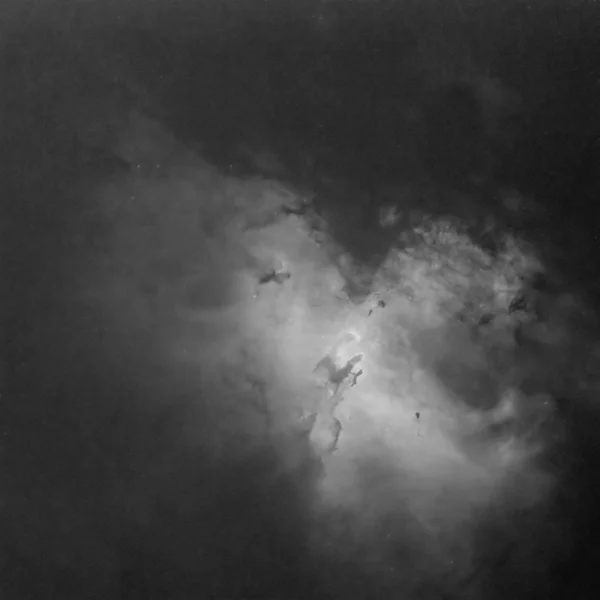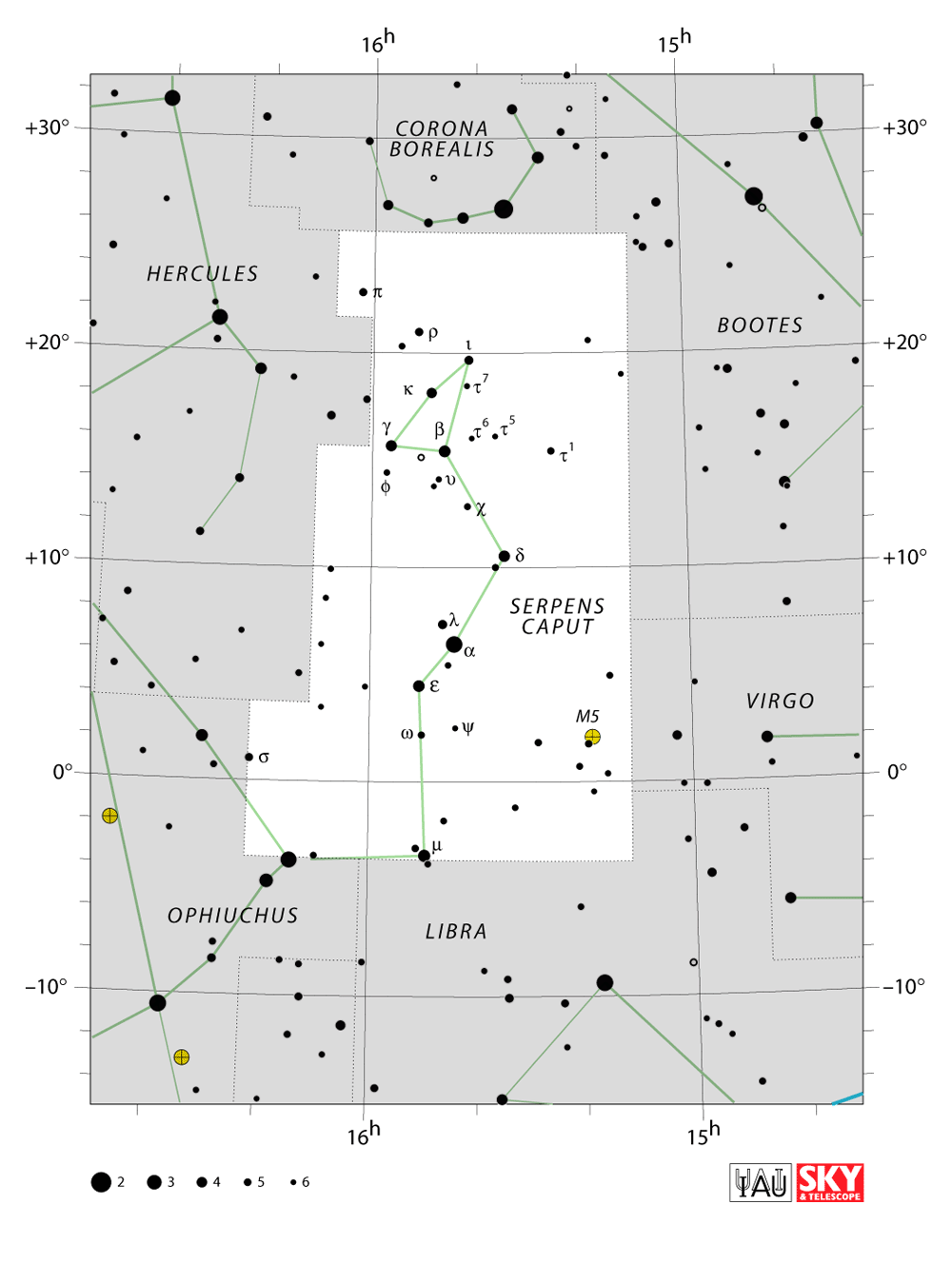The Pillars of Creation
The Pillars of Creation were made famous by a NASA photograph taken by the Hubble Space Telescope of gases within the Eagle Nebula (M16), in the Serpens constellation.
The name is from Charles Spurgeon’s 1857 sermon titled, “The Condescension of Christ.” Spurgeon uses the phrase to convey not only the physical world but also the force that keeps it all together, emanating from the divine:
“And now wonder, ye angels,” Spurgeon says of the birth of Christ, “the Infinite has become an infant; he, upon whose shoulders the universe doth hang, hangs at his mother’s breast; He who created all things, and bears up the pillars of creation, hath now become so weak, that He must be carried by a woman!”
The color palette used in the original Hubble image popularized what is now known as “the hubble palette” where the sulfur data is placed in the red channel, the hydrogen data in the green channel, and the oxygen data in the blue. The process of contrasting the different gases using color is very common in the scientific community, instead of relying on the gases’ natural emission wavelengths. This is because both sulfur and hydrogen emit in the red spectrum, making it very difficult to separate without having their wavelengths represented as false colors.
Specifications:
Designation: M16
Known As: The Pillars of Creation, within the Eagle Nebula
Apparent Size: 30′ x 30′
Magnitude (lower is brighter): 8.2
Distance from Earth: 6,500 LY
Capturing the Famous Hubble Image
The image above was taken in a Bortle 1 sky of Chile via TelescopeLive. This target is too small for my equipment, so I rented time on a Chile telescope to capture this object.
EQUIPMENT
Telescope: Planewave CDK24
Mount: Mathis MI-1000
Camera: FLI PL 9000
Filters: Astrodon SHO
ACQUISITION
Integration Time: 4 hours
RGB: 24 x 600sec
BIN: 1×1
Bortle Scale: 1
CALIBRATION
Darks: 10
Flats: 30
Dark Flats: 30
Offset/Bias: 30



The Serpens Constellation
Serpens (the serpent) is unique among the modern constellations in being split into two parts, Serpens Caput (Serpent Head) to the west and Serpens Cauda (Serpent Tail) to the east. Between these two halves lies the constellation of Ophiuchus, the “Serpent-Bearer”


The Original
Here is the famous photo taken by the Hubble Space Telescope in 1995.

JWST’s Version
One of the first images that the James Webb Space Telescope in 2022 photographed was the classic Pillars of Creation, but in infared light.

Available Merchandise
Use the Order Form to request prints or merchandise. (I accept Venmo or CashApp.)
*General information regarding constellations, galaxies, nebulae, and planets have been sourced from: AstroBackyard, VisibleDark, Wikipedia, EarthSky, and/or NASA.

